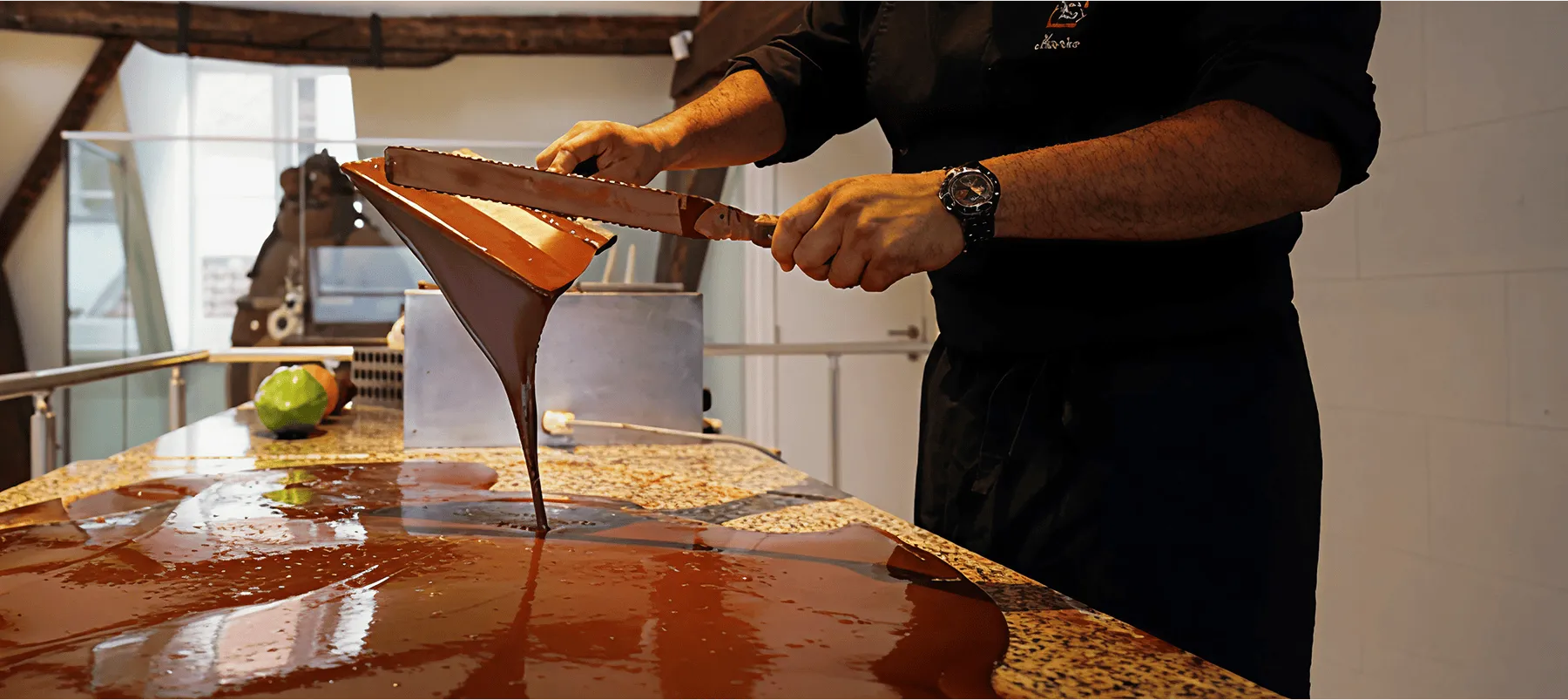
Open daily, from Monday to Sunday, 10:00 AM to 6:00 PM
Visitors are admitted until 5:00 PM
The average visit lasts between 60 and 90 minutes
The museum is closed on the following days: December 25th and January 1st, and from January 5th to January 16th, 2026
Rue de l'Etuve 41, 1000 Brussels
(Easily accessible by public transport or car)



Discover two typically Belgian specialties!
Combine the Chocolate Museum with a visit to the iconic Atomium.
For up to 15 people